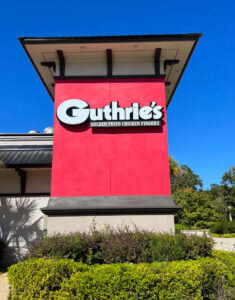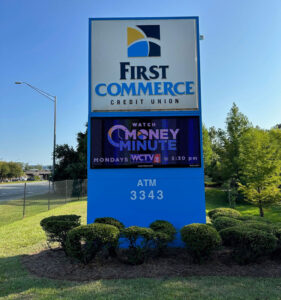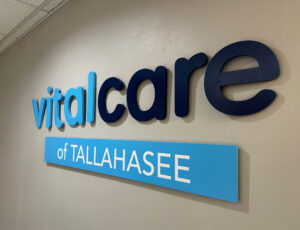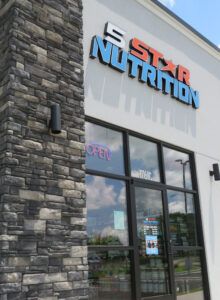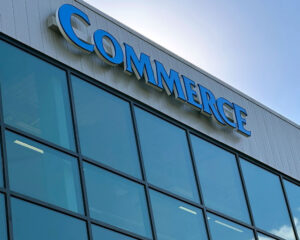
In the digital age, clear, crisp imagery is essential for successful visual communication, from social media posts to company branding. A logo, often the cornerstone of a brand identity, needs to look its best across various applications. But how does a seemingly simple design scale to different sizes without losing quality? The answer lies in vector artwork, a powerful tool that can take your logo or design from tiny to titanic. Let’s delve deeper.
Understanding Vector Artwork: Building Blocks of a Digital Image
Imagine a digital image constructed with tiny building blocks. In the sign world, there are two main types: pixels and vectors.
- Raster Images (Pixels): These are like mosaics, made up of countless colored squares called pixels. Common file formats like JPEG and PNG are raster-based. While they work well for photographs, they can become blurry or pixelated if enlarged for signs.\
- Analogy: Imagine a brick wall mosaic of a flower. If you enlarge the section of the wall with the flower, the individual bricks (pixels) become more visible, making the flower look distorted and unclear.
- Vector Artwork (Vectors): Think of these as instructions for drawing an image. Instead of pixels, vectors use mathematical formulas to define shapes, lines, and colors. This allows for infinite scalability – you can enlarge a vector image to billboard size without losing quality, resulting in crisp, sharp signage. Vector files commonly use formats like AI, EPS, and SVG.
- Analogy: Imagine the flower drawn with instructions. You can scale up the instructions (the mathematical formula) to draw a much larger flower on a different wall, without losing any detail.
Providing Vector Artwork: Locate Your Building Blocks
The ideal scenario is for you to provide your logo or design in vector format. Here’s how to find those building blocks:
- Check your existing files: You might already have your logo in vector format. Look for files with extensions like .ai, .eps, or .svg. These are the instructions for recreating your logo.
- Contact your original designer: If you had your logo professionally designed, the designer likely has the vector files. Reach out and request them. They have the original instructions for building your logo.
- Use online resources: If you have a simple logo, you might be able to recreate it in a free online vector editing program. However, this might not be suitable for complex designs with intricate details.
Beyond the Screen: Vector Art Ensures Crisp Signage
While a raster image might appear clear and sharp on your computer screen, there’s a catch. Computer monitors display images using pixels, and the number of pixels determines the image resolution. A high-resolution image on your screen might translate poorly to a large sign because there simply aren’t enough pixels to maintain that same level of detail when enlarged. This is where vector graphics shine. Vector artwork is resolution-independent, meaning it can be scaled to any size without losing quality. This ensures your logo or design on the final sign remains crisp and professional, making a strong and lasting impression on potential customers.
Can the Apogee Signs Help? Rebuilding Your Image Blocks
If you can’t provide vector artwork, don’t worry! Many sign companies, including Apogee Signs, offer vectorization services. This is the process of converting your existing raster image (like a JPEG) into a vector file, essentially rebuilding the image with vector instructions. While there might be a fee associated with this service, it ensures your sign will have the best possible quality.
The Takeaway: Choosing the Right Building Blocks for Your Sign
Vector artwork is the secret to crisp, scalable signs. By providing your logo in vector format or working with us for vectorization, you’ll ensure your sign looks sharp and professional, no matter the size. Imagine the difference between a pixelated, blurry billboard and a clear, vibrant one – vector artwork is the key to achieving the latter.

